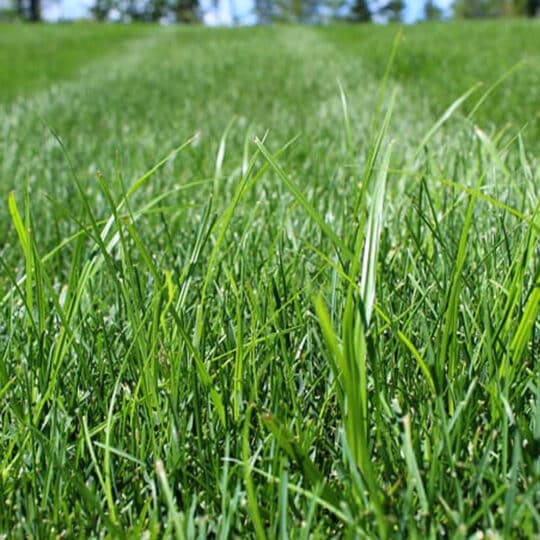What is Nutsedge
and How to Control it

Homeowners who want a pristine lawn are often battling with grass imposters. Blade-like weeds, such as nutsedge, are harder to control because of their resilience and rapid spread. But there are ways to both prevent and treat grassy weeds and achieve the lawn you’re looking for. It starts with understanding what the weed is after and effective nutsedge control techniques.
What is Nutsedge?
Nutsedge, also known as nutgrass, is a perennial weed that resembles grass but has different characteristics. There are two types—yellow and purple nutsedge—that are easily identified by triangular stems, V-shaped leaves, and distinctive seed heads. Like grass, nutsedge can spread through seeds. But unlike grass, nutsedge also quickly multiplies through underground tubers—known as nutlets—that can stay dormant in the soil and regrow, making it difficult to control once established.
Nutsedge Control Tactics
Like many weeds, nutsedge is a resilient plant that can thrive in a variety of conditions. It prefers wet and poorly drained soils, giving it an advantage over many other plants. But this also gives you an advantage in trying to stop it.
- Improve drainage. From aerating to amending soil, there are many ways you can help naturally improve drainage. You can also install drainage systems if necessary.
- Maintain healthy turf. A dense, healthy lawn can crowd out all types of weeds, including nutsedge. Regular mowing, proper fertilization, and effective irrigation can help your grass outgrow and overshadow nutsedge.
- Hand pulling. If you notice a few nutsedge sprouts, carefully pull them out. You want to remove the entire plant, including the tubers, to prevent regrowth.
- Mulching. Apply a thick layer of mulch in garden beds to help suppress nutsedge by blocking sunlight and inhibiting growth.
- Herbicides. Selective herbicides can be effective against nutsedge. Look for products specifically designed to target sedges without harming your grass. Apply while nutsedge is actively growing—usually in late spring or early summer. Great care is needed during this process to avoid damage to other plants and to ensure proper application. This is why it’s best to contact a pro who knows the right timing and application techniques.
Preventing Weeds
For invasive weeds, like nutsedge, the sooner you act to eradicate them, the better. This may mean acting before you even see them pop up in your lawn or garden. While early detection is key, prevention is even easier. This means properly maintaining your lawn to ensure it’s not overly watered and the soil is effectively promoting healthy plant growth.
Nutsedge may be hard to control, but with the right approach, it can be managed. If you’re considering using chemicals and want an expert in your corner, contact Green Image Lawn Care. We understand the characteristics of this pristine lawn imposter and employ environmentally-friendly methods for effective prevention and treatment. Contact us today at 717-900-8144 to learn about adding nutsedge control to your lawn care program.